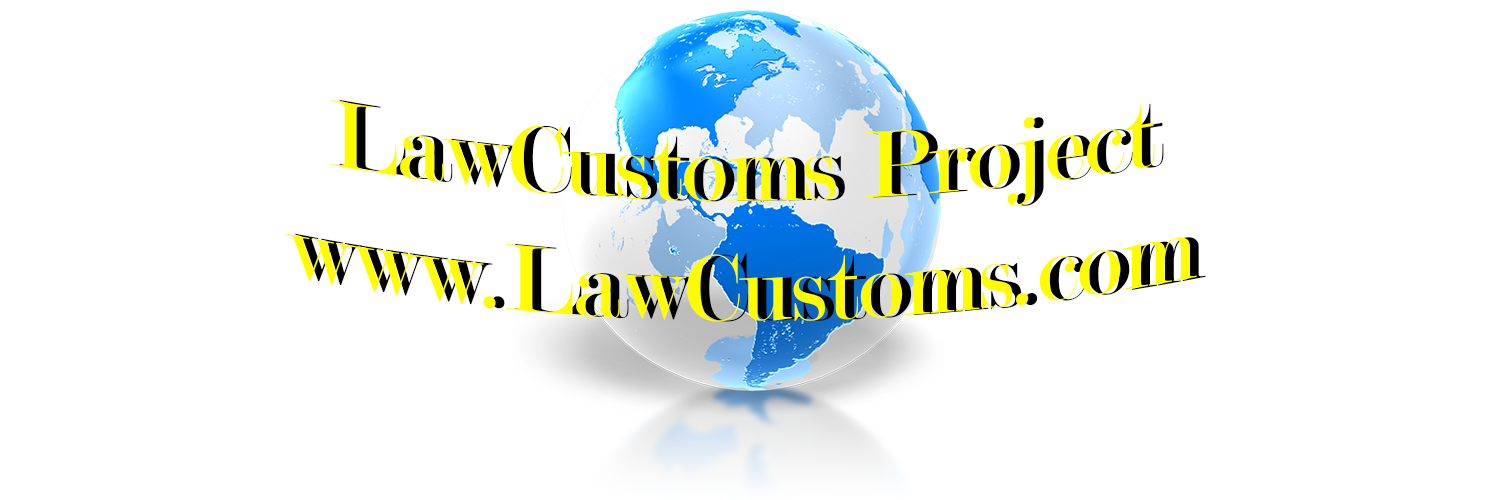 When Bureau of Industry and Security (BIS) places a “person” (physical or legal) on the entity list, that person may wish to be removed. How does one ask BIS to be removed from the “entity list”? Mr. Kevin Wolf, in the 78 Fed. Reg. 3317 (Jan. 16 2013) publication provided some insight on the administrative process.
When Bureau of Industry and Security (BIS) places a “person” (physical or legal) on the entity list, that person may wish to be removed. How does one ask BIS to be removed from the “entity list”? Mr. Kevin Wolf, in the 78 Fed. Reg. 3317 (Jan. 16 2013) publication provided some insight on the administrative process.
The “entity list” is one of the lists that exporters need to check prior to engaging in export transactions. Other lists have been mentioned in this previous post. If BIS places someone on the “entity list,” then exporters would need to obtain a license, in addition to other requirements, that would permit exporters to engage in export transactions with the person from “entity list.” The license requirement, of course, is an impediment to trade and transaction activities.
How one gets on the list?
Before asking to be removed from the “entity list” it may be helpful to ask how one gets to be on that list in the first place. We know from federal register, that “BIS places entities on the Entity List based on certain sections of part 744 (Control Policy: End-User and End-Use Based) of the EAR.” 78 Fed. Reg. 3317. Next question is what are these “certain sections”? Another federal register publication suggests that 15 C.F.R. § 744.11 is one of these “certain sections.” 77 Fed. Reg. 58,006 (Sept. 19, 2012). 15 C.F.R. § 744.11(b) provides for “Criteria for revising the Entity List.”
“Criteria for revising the Entity List” includes “[e]ntities for which there is reasonable cause to believe, based on specific and articulable facts, that the entity has been involved, is involved, or poses a significant risk of being or becoming involved in activities that are contrary to the national security or foreign policy interests of the United States.” Thus, a good point of inquiry, for the person requesting removal, is to find out:
1. What theses national security or foreign policy interests are?
2. How that person poses a risk?
3. Is that risk, if any, really significant?
4. What are the factual allegations from BIS?
5. Are these allegations specific and articulable, as opposed to generalized and conclusory?
6. Is BIS cause to believe truly reasonable?
Further, the criteria proscribe placement if:
1. Entity’s “exports or reexports require a license pursuant to § 744.12, § 744.13, § 744.14 or § 744.18.”
2. If exports to that party are prohibited by or require a license from another U.S. government agency.
3. If a party is a U.S. person as follows:
(a) Any individual who is a citizen of the United States, a permanent resident alien of the United States, or a protected individual as defined by 8 U.S.C. 1324b(a)(3);
(b) Any juridical person organized under the laws of the United States or any jurisdiction within the United States, including foreign branches; and
(c) Any person in the United States.
The criteria is followed by examples. If entity’s activities are not listed in these examples, it is possibly a factor for removal.
Who Administers “Entity List”?
While in general terms, it is known that BIS overlooks “entity list” administration, it is the End-User Review Committee (ERC) that manages lists modifications. “The End-user Review Committee (ERC), composed of representatives of the Departments of Commerce (Chair), State, Defense, Energy and, where appropriate, the Treasury, makes all decisions regarding additions to, removals from, or other modifications to the Entity List. The ERC makes all decisions to add an entry to the Entity List by majority vote and all decisions to remove or modify an entry by unanimous vote.” 78 Fed. Reg. 3317 (Jan. 16 2013).
This is helpful knowledge, because representatives from these Departments may represent various viewpoints from their respective institutions. A party seeking removal, can capitalize on these viewpoints to increase chances of desired result. For example, Treasury representative may look favorably at requester’s arguments that benefit financial aspects of the United States. Defense and State representatives are likely to look closer at military and international security issues. While Commerce representative may look at international trade and security focus.
How to make the removal request?
Procedure for requesting removal or modification of an Entity List entity is provided under 15 C.F.R. § 744.16: “All such requests, including reasons therefor, must be in writing and sent to: Chair, End-User Review Committee, Bureau of Industry and Security, U.S. Department of Commerce, 14th Street and Pennsylvania Avenue, NW., Room 3886, Washington, DC 20230.”
The procedure further states that “The End-User Review Committee will review such requests in accordance with the procedures set forth in supplement no. 5 to this part.” Supplement 5 is written vaguely, probably to allow more decision making flexibility to the committee members. While this vagueness may not be helpful to a party seeking removal, Mr. Wolf in 78 Fed. Reg. 3317 suggested several more points that are looked upon favorably: (1) cooperation with the U.S. Government, and (2) assurance of future compliance with EAR. Without any additional information to the contrary (and none were stated), it seems that these two reasons can be enough to warrant the removal, at least for two of the entities (Laurence Mattiucci and Toulouse Air Spares SAS).
Judicial Review.
This article focused on the administrative process. Since the U.S. system is the system of checks and balances, our judicial branch (Federal Courts) can check on the executive branch (BIS), so long as all of the administrative remedies are exhausted.
After End-User Review Committee reviews requests and denies it, “that decision will be the final agency action on the request.” 15 C.F.R. § 744.16(c). This can mean that the time for judicial review has come to fore.
